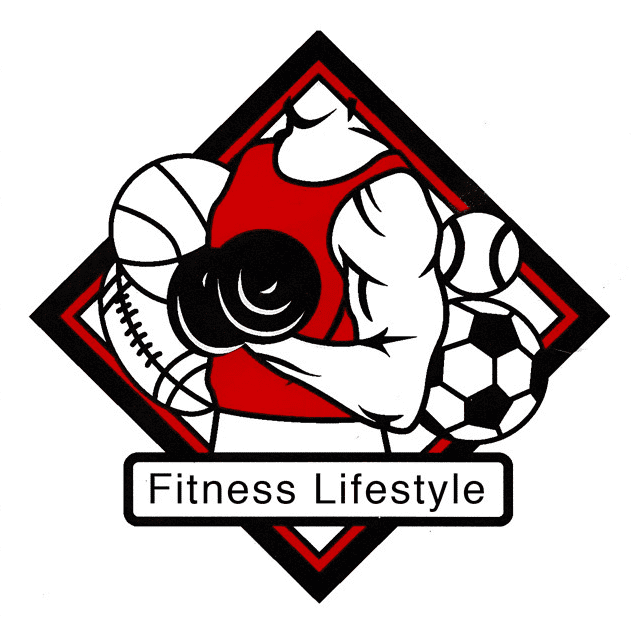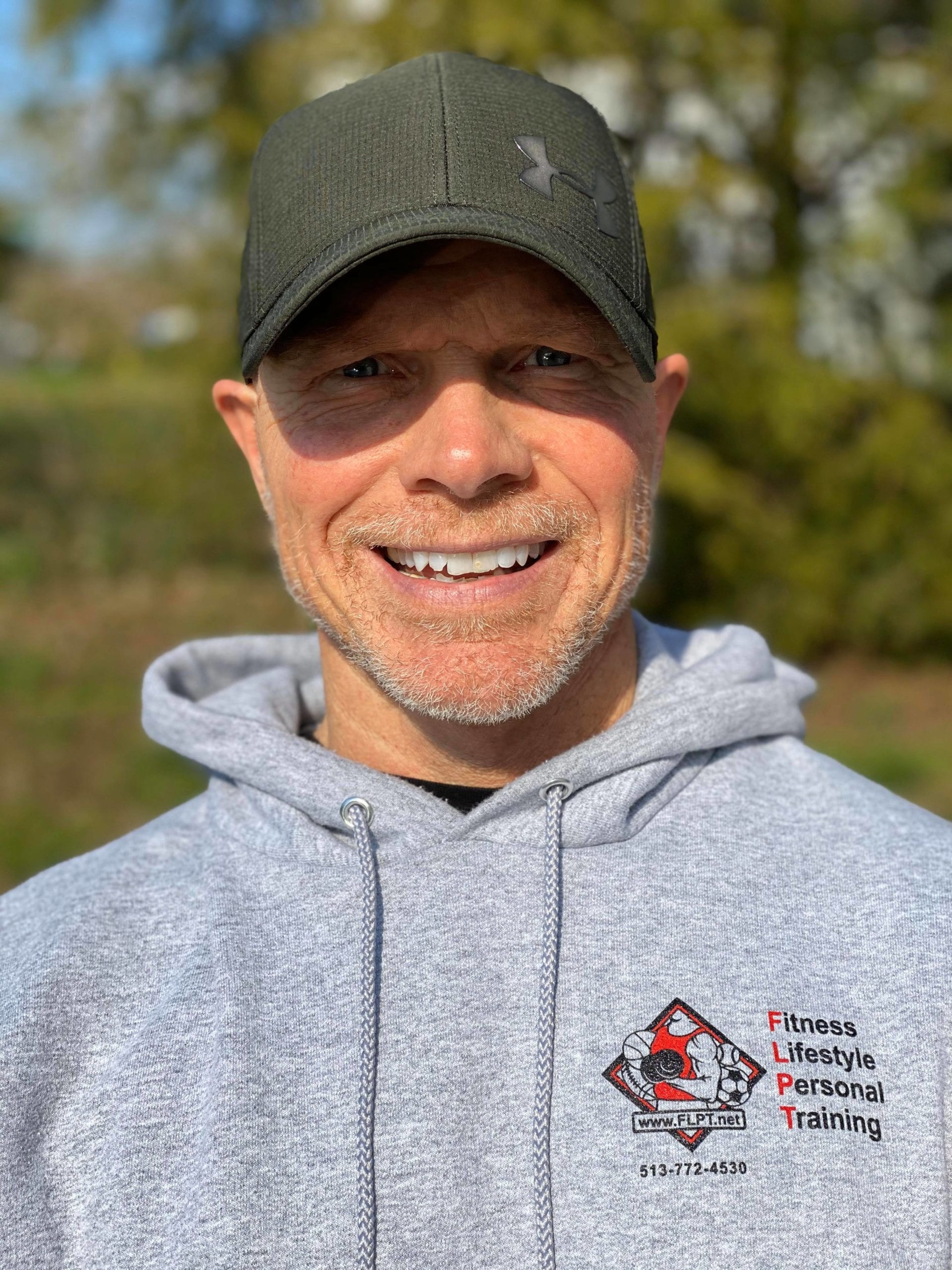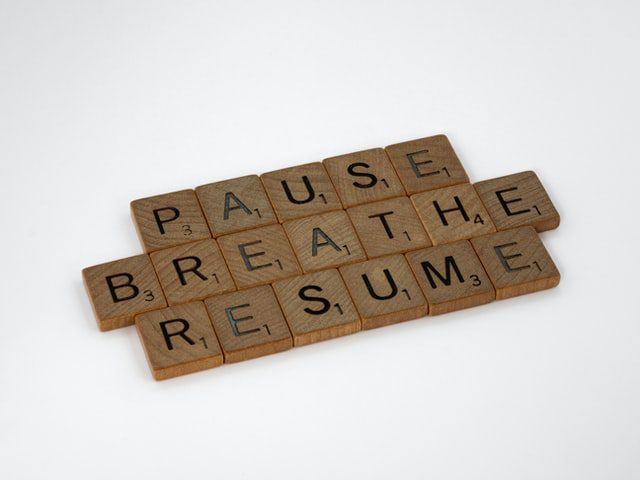Begin with the End in Mind
You’ve probably heard the saying, “Begin with the end in mind.” It’s a powerful principle from Stephen Covey’s bestselling book The 7 Habits of Highly Effective People. While it might sound like common sense, this idea holds deep truth that can shift how you approach everything from your career to your personal goals.
What Does It Mean to Begin with the End in Mind?
Covey explains that every goal or creation happens twice:
- First in your mind (the vision).
- Then in reality (the execution).
That means the blueprint you imagine plays a vital role in what you eventually create. If your mental picture is vague, so is the outcome. But if your vision is strong, detailed, and consistent, your chances of success go way up.
Why Your Vision Matters
Your internal picture of success isn’t just motivational fluff—it shapes your decisions, behaviors, and outcomes. When you hold a clear mental image of your ideal future, your brain starts working to bridge the gap between where you are now and where you want to be.
“Clarity leads to focus. Focus leads to action. And consistent action leads to progress.”
Think of it this way: would you build a house without a blueprint? Of course not. So why go after your life goals without one?
Make Your Vision Stick: Write It Down
Don’t just visualize your goals—document them. When you write your vision down in a journal or planner, it takes on more weight. Studies show that people who write their goals are significantly more likely to achieve them.
Here’s why:
- Writing engages more areas of your brain.
- It creates a physical record to review and revise.
- It adds accountability.
Pro tip: Write your vision in the present tense, as if it’s already happening. For example:
“I wake up each morning feeling strong, clear, and excited to serve my clients. My work makes a difference and I feel aligned with my purpose.”
Make It a Daily Practice
Your vision isn’t a one-time exercise. The most successful people revisit theirs constantly.
Try this routine:
- Read your vision aloud each morning.
- Keep it somewhere visible (on your desk, mirror, or as your phone background).
- Update it monthly or quarterly as your goals evolve.
Avoid the Trap of Other People’s Priorities
If you don’t define success for yourself, someone else will do it for you. It’s easy to get caught up in someone else’s version of success—a certain income, lifestyle, or job title.
But here’s the truth: If it doesn’t align with your core values, it won’t fulfill you.
Crafting your personal vision protects you from being swept away by external pressures. It grounds you, centers you, and keeps you focused on what truly matters to you.
Use Your Vision as a Decision Filter
When opportunities (or distractions) come your way, ask:
- Does this move me closer to my vision?
- Does it align with the kind of person I want to be?
If not, it’s probably not worth your time.
Vision Fuels Motivation and Resilience
Life will throw obstacles your way. That’s a given. But when your vision is strong, it gives you a reason to keep going.
Let’s say you want to write a book, change careers, or get fit. Having a clear picture of why it matters to you will help you push through self-doubt, slow progress, and setbacks.
You’re not just grinding through the day—you’re building something bigger. That’s powerful fuel.
Simple Steps to Get Started
- Block off 15 minutes to journal about your ideal life. Think 1 year from now: How do you feel? What are you doing? Who are you with? What are you proud of?
- Write it in present tense. Let it be bold and inspiring.
- Read it daily to anchor your focus.
- Create a visual version (a mood board, wallpaper, or sticky notes).
- Review monthly. See what needs tweaking.
Fun Fact: Visualization is Backed by Science
Athletes and peak performers have long used mental imagery to boost performance. Studies show that imagining an action activates the same brain areas as actually doing it.
That means your daily vision journaling is actually training your brain to reach your goals.














